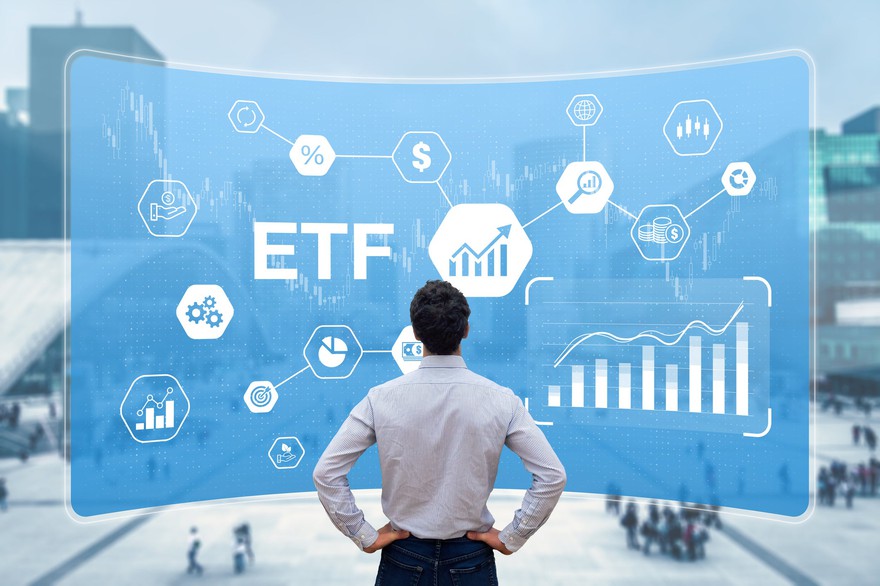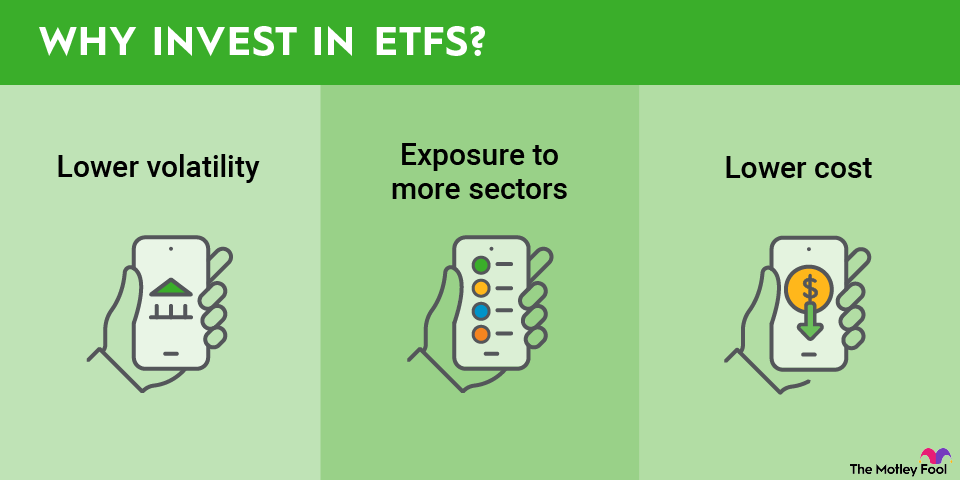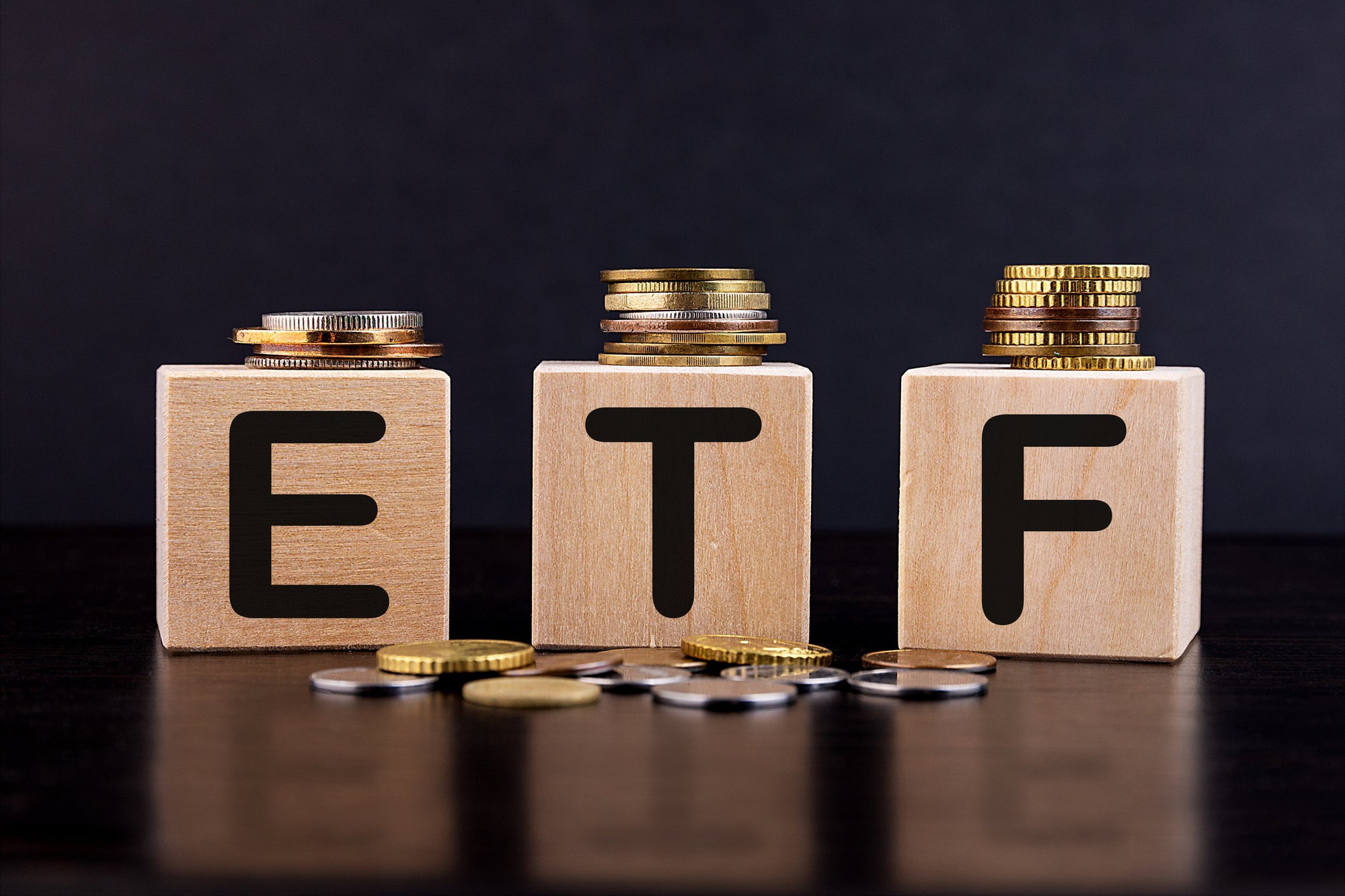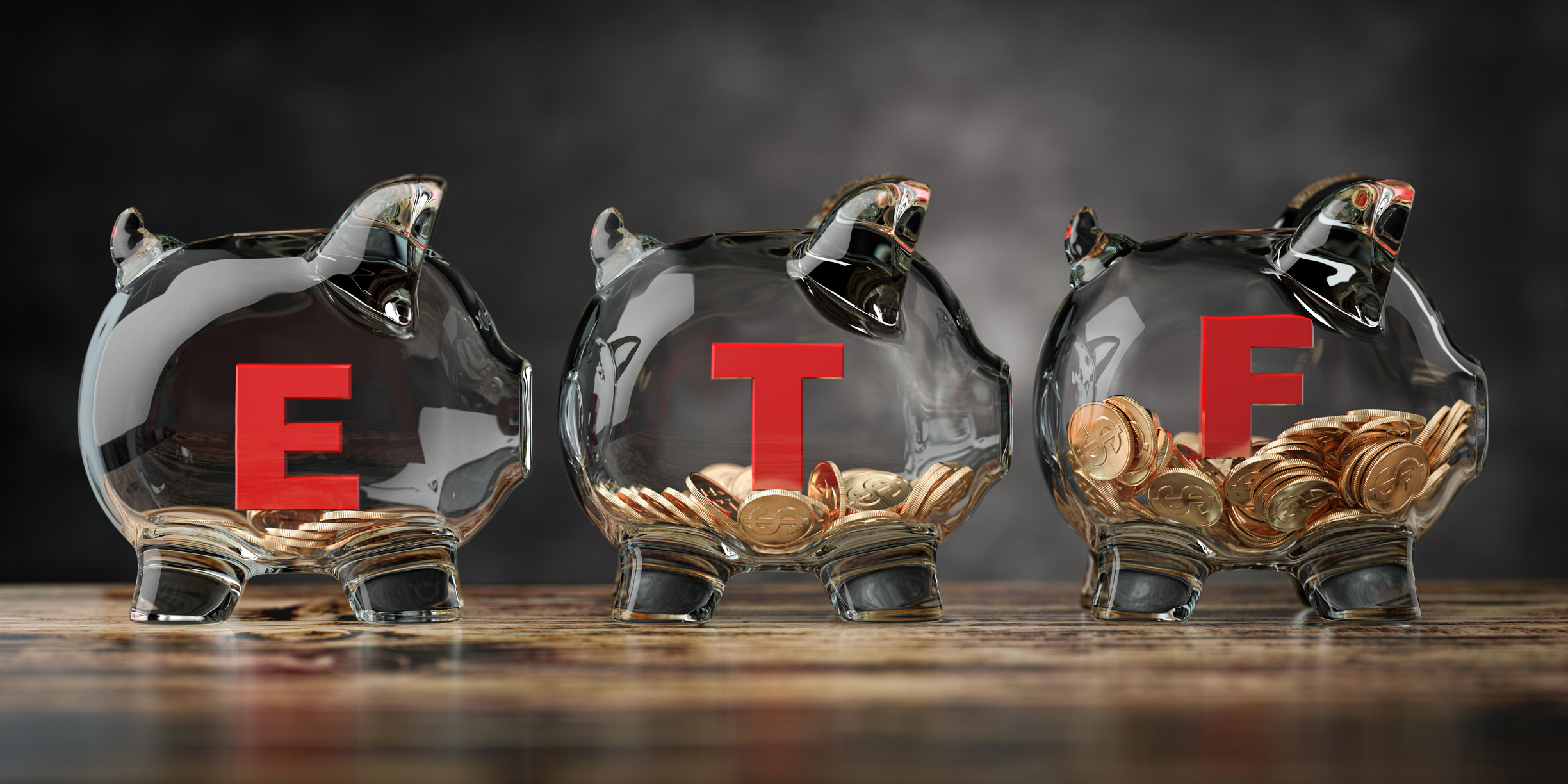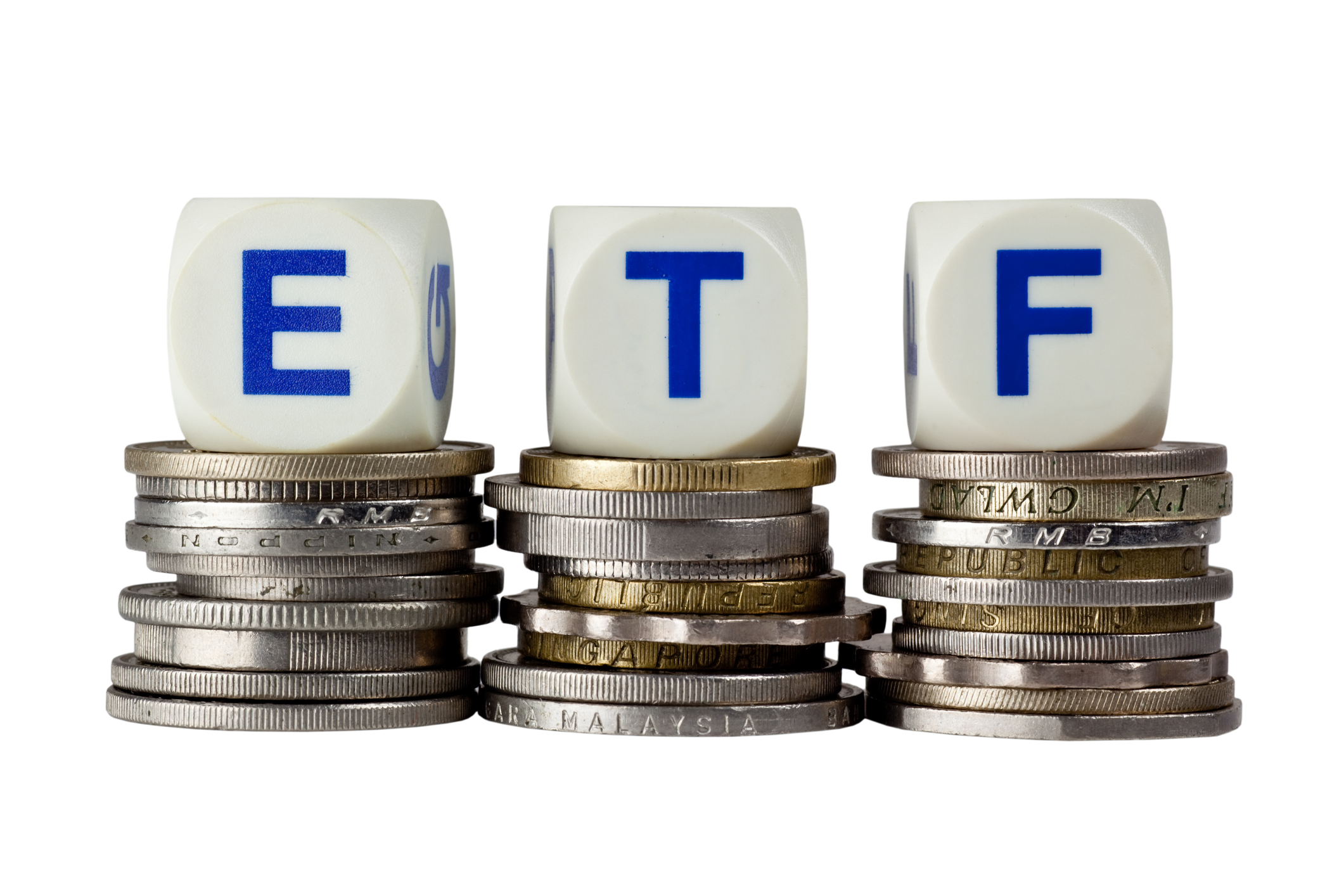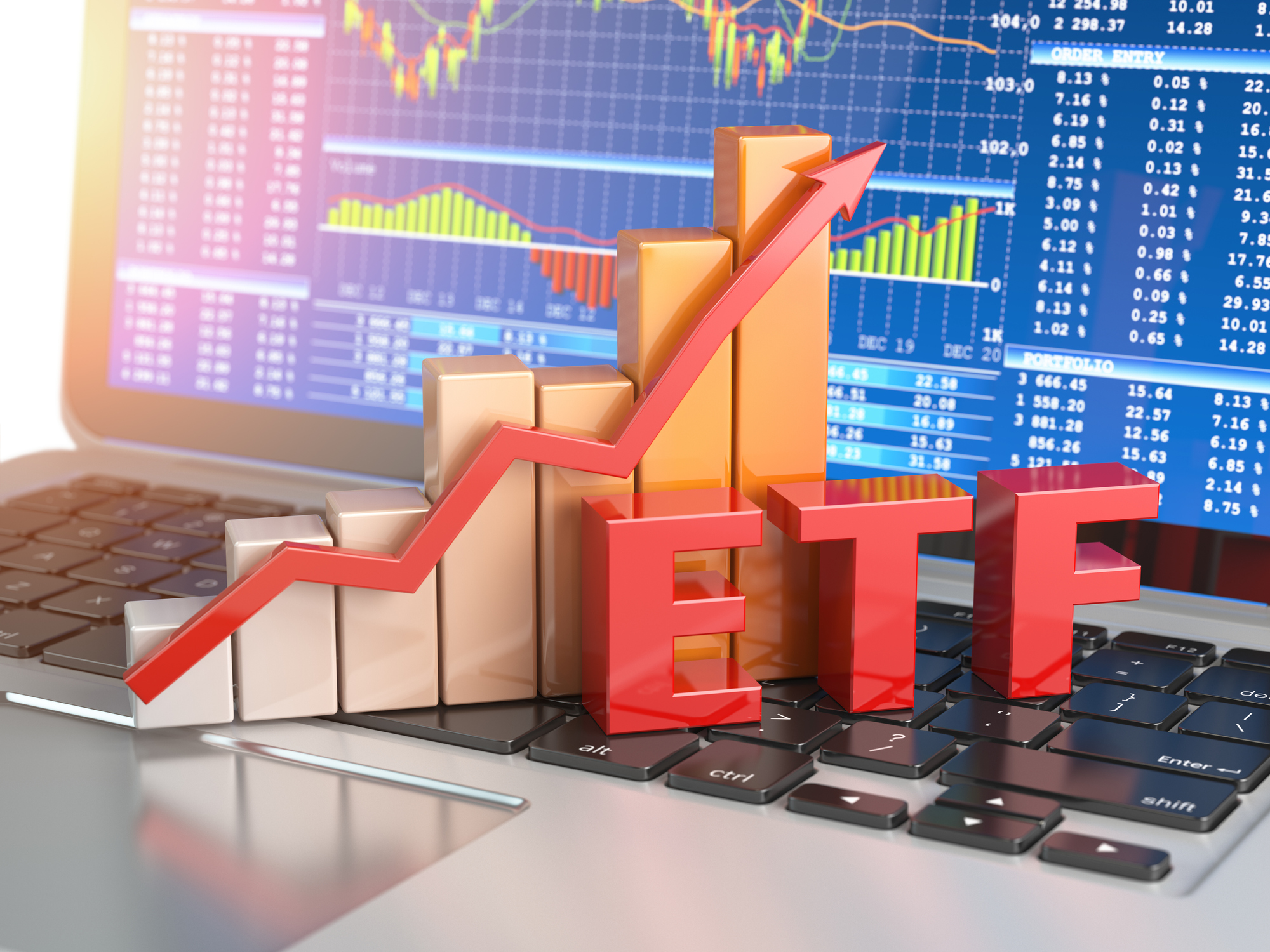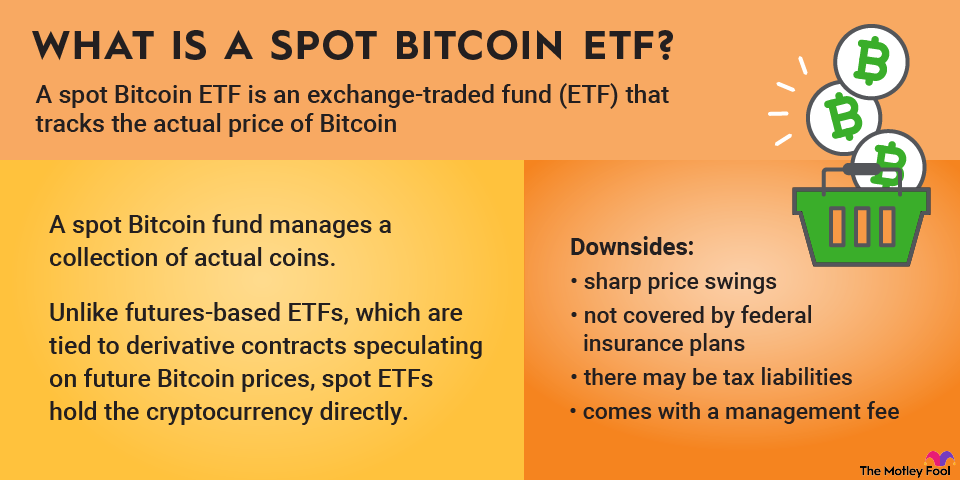The Vanguard High Dividend Yield ETF (VYM -0.17%) is a well-diversified exchange-traded fund (ETF) managed by The Vanguard Group, a top asset management firm owned by investors in its funds. As of 2025, the dividend ETF had approximately $64 billion in assets under management (AUM).
Exchange-Traded Fund (ETF)
The fund's distribution across various sectors and exposure to a wide range of popular income-producing stocks have made it a favorite with many dividend investors. This guide will teach you everything you need to know about the Vanguard High Dividend Yield ETF and how to invest in ETFs as beginners.
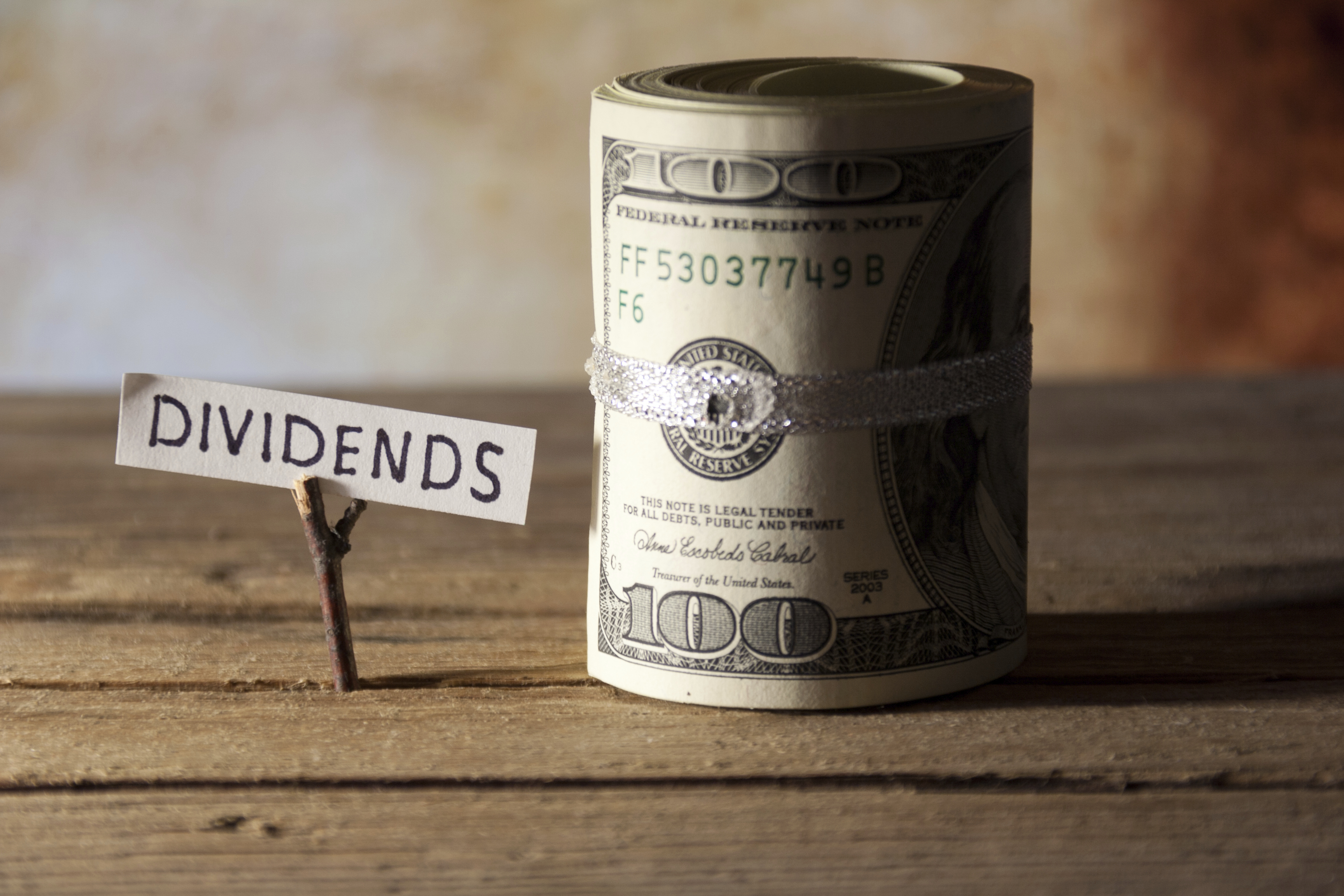
What is the Vanguard High Dividend Yield ETF?
The Vanguard Group, which manages the Vanguard High Dividend Yield ETF, is one of the largest and most well-known providers of ETFs. Most ETFs seek to replicate the performance of a specific index. However, the Vanguard High Dividend Yield ETF tracks the FTSE High Dividend Yield Index, which aims to measure the investment returns of common stocks of companies with high dividend yields.
The VYM ETF features stocks with the highest dividend yields and, like the index it tracks, excludes real estate investment trusts (REITs) from its investment mix. REIT distributions are not considered qualified dividends. Instead, they are typically treated as ordinary income for taxation purposes. In excluding REITs from the fund, the Vanguard High Dividend Yield ETF focuses on investments that benefit from lower qualified dividend tax rates.
How to buy the Vanguard High Dividend Yield ETF
It's very easy to buy the Vanguard High Dividend Yield ETF. You can buy shares directly from Vanguard or through your own brokerage account. Here is a step-by-step guide to buying shares of the ETF.
- Open your brokerage account: Log in to your brokerage account where you handle your investments.
- Search for the stock: Enter the ticker or company name into the search bar to bring up the stock's trading page.
- Decide how many shares to buy: Consider your investment goals and how much of your portfolio you want to allocate to this stock.
- Select order type: Choose between a market order to buy at the current price or a limit order to specify the maximum price you're willing to pay.
- Submit your order: Confirm the details and submit your buy order.
- Review your purchase: Check your portfolio to ensure your order was filled as expected and adjust your investment strategy accordingly.
Its most significant exposure is to the financials sector, which represents roughly 21.6% of its overall portfolio. The ETF's weighted exposure across 10 of the 11 stock market sectors (all except the real estate sector) as of 2025 is as follows:
- Basic materials: 2.00%
- Consumer discretionary: 10.10%
- Consumer staples: 9.60%
- Energy: 8.70%
- Financials: 21.60%
- Healthcare: 11.60%
- Industrials: 13.60%
- Technology: 12.30%
- Telecommunications: 3.90%
- Utilities: 6.60%
Should I invest in the Vanguard High Dividend Yield ETF?
The Vanguard High Dividend Yield ETF might be a wise selection for your portfolio for several reasons. It can provide a relatively low-cost, passive investment that delivers instant diversification to some of the top stocks and stock market sectors, emphasizing companies that boast high dividend yields.
Likewise, if you're looking for an investment that can deliver returns that track the FTSE High Dividend Yield Index, this ETF could be a good fit for your portfolio.
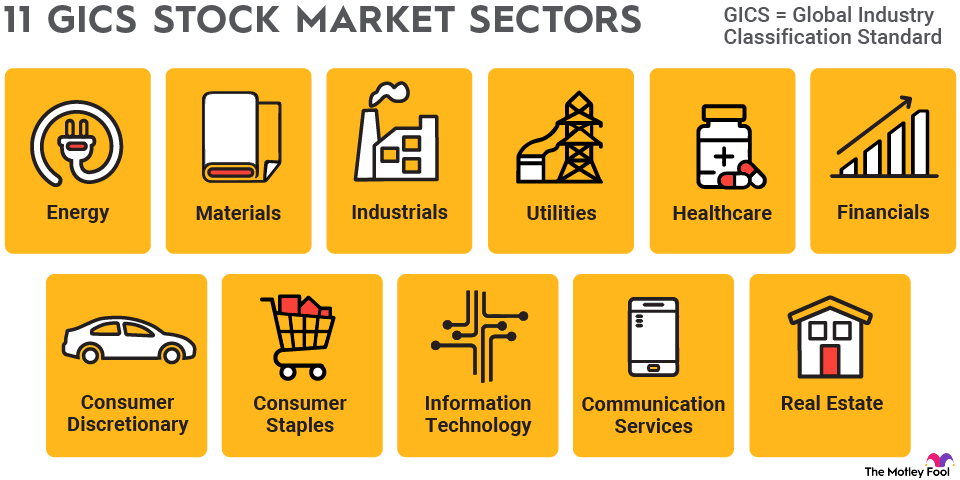
Also, consider that the Vanguard High Dividend Yield ETF's portfolio contains some of the world's most well-known companies in sectors ranging from healthcare to consumer staples. This also gives it considerable exposure to spaces that have historically experienced low cyclicality, enabling growth in a variety of market environments.
No investment is guaranteed. For example, if you're seeking investments that can deliver above-benchmark returns or an investment with less concentration among its top holdings, the Vanguard High Dividend Yield ETF may not be right for you.
Does the Vanguard High Dividend Yield ETF pay a dividend?
The Vanguard High Dividend Yield ETF paid a dividend that yields approximately 2.51% in 2025, about double what the average stock trading on the S&P 500 pays. The fund makes quarterly dividend income payments.
Bear in mind that payments will fluctuate from quarter to quarter based on the dividends received from the underlying portfolio holdings. Other factors that can affect an ETF's payout from quarter to quarter include market conditions, interest rates, and the performance of the various sectors the fund is concentrated in.
What is the Vanguard High Dividend Yield ETF's expense ratio?
The Vanguard High Dividend Yield ETF has a relatively low expense ratio of 0.06%. The average index ETF's expense ratio is in the ballpark of 0.5%. The Vanguard Group is known for its funds' low expense ratios, which enable investors to retain more of their overall returns.
Expense Ratio
Taking that ultra-low 0.06% expense ratio into account, Vanguard's management fees on a $10,000 investment in the Vanguard High Dividend Yield ETF would be only $6 per year. Compare that to a $10,000 investment in a fund that charges 0.5%, which would run $50 annually.
Historical performance of the Vanguard High Dividend Yield ETF
The Vanguard High Dividend Yield ETF's goal is to closely track the average stock market return as measured by the FTSE High Dividend Yield Index. It has certainly delivered on its goals through the years. As you can see in the table below, the fund's returns have roughly matched those of its benchmark index over the past one-, three-, five-, and 10-year periods.
Metric | 1-Year | 3-Year | 5-Year | 10-Year |
|---|---|---|---|---|
Market Price | 12.32% | 13.66% | 14.08% | 11.48% |
Net Asset Value | 12.23% | 13.65% | 14.08% | 11.47% |
Benchmark | 12.29% | 13.71% | 14.15% | 11.53% |
The bottom line on the Vanguard High Dividend Yield ETF
Over the years, the Vanguard High Dividend Yield ETF has done an excellent job delivering returns that match the FTSE High Dividend Yield Index. Its super-low expense ratio, along with superior diversification across some of the world's top companies and their respective sectors, has enabled income investors to augment their returns time and time again since the fund's inception nearly two decades ago.
Related investing topics
Overall, the ETF's exposure to such a broad selection of sectors and companies could make it a smart choice for passive-income-seeking investors. The Vanguard High Dividend Yield ETF could be a superb addition to a long-term investor's portfolio.
